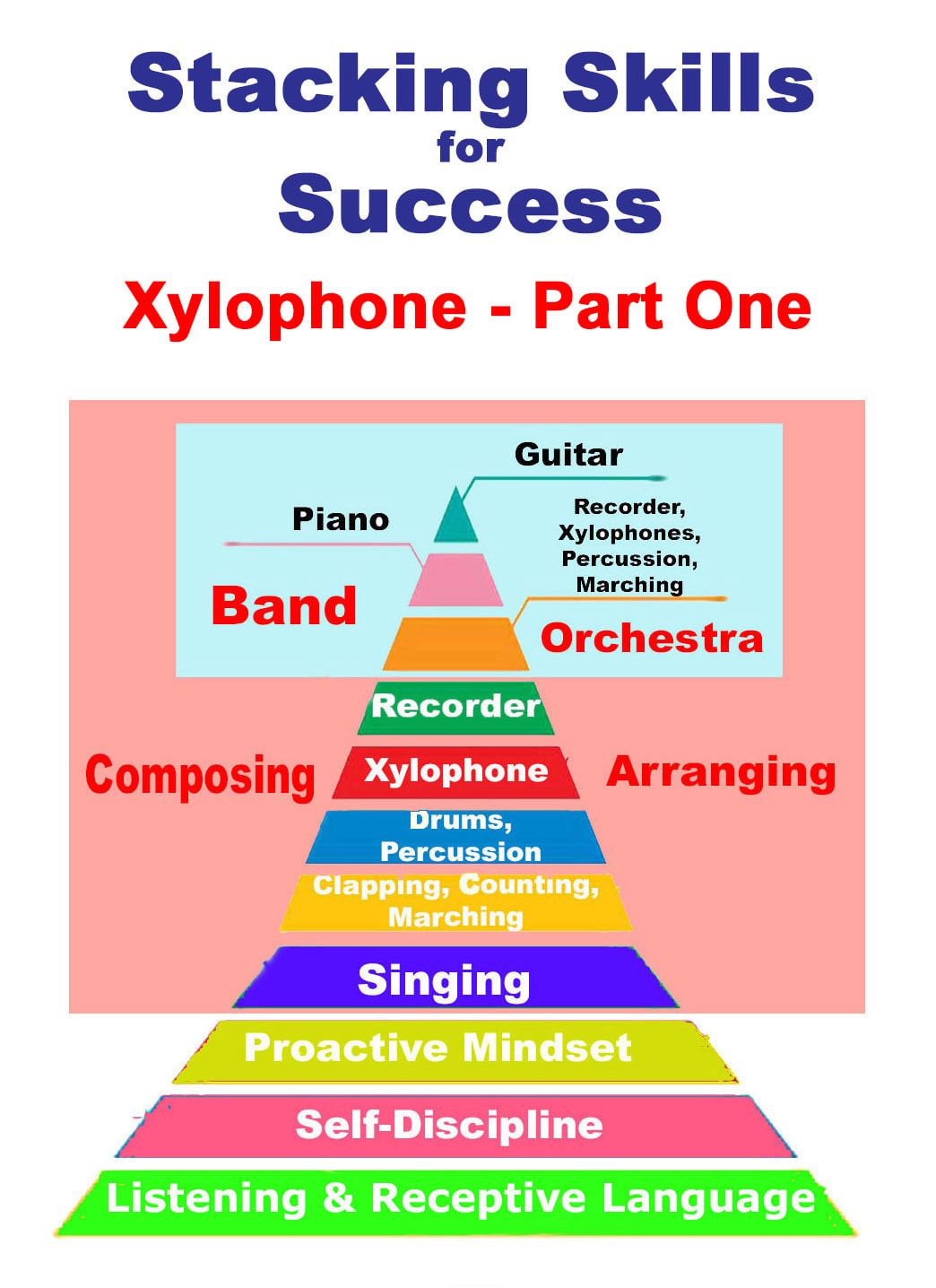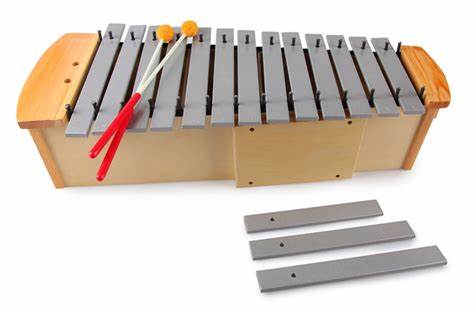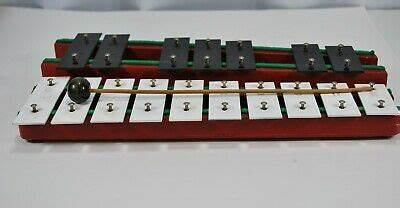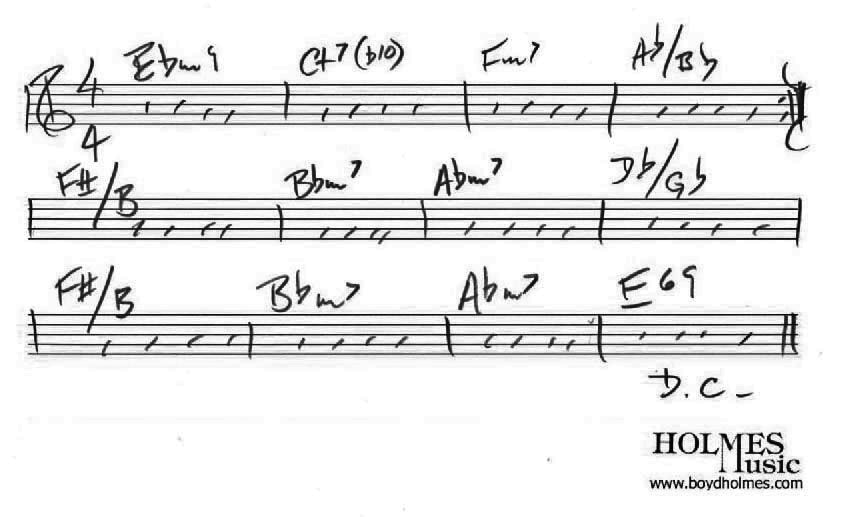Here's the thing about xylophones.
This is the first fixed pitch, polyphonic instrument that kids generally play in a music room. It's a percussion instrument that resembles a piano keyboard, complete with white and black keys, chromatics, and pitched low to high, left to right.
Before we go any further, let me take a few good swipes at Orff xylophones.
This is the first fixed pitch, polyphonic instrument that kids generally play in a music room. It's a percussion instrument that resembles a piano keyboard, complete with white and black keys, chromatics, and pitched low to high, left to right.
Before we go any further, let me take a few good swipes at Orff xylophones.
Some background: Carl Orff developed his “Orff Schulwerk” in the 1950s as a novel approach to music education. A line of instruments was designed, manufactured, and sold to millions of American school districts.
The xylophones had interchangeable tone plates that were configured in a single row.
The main problem I have with these instruments is they're not chromatic.
It is a simple diatonic row of pitches unlike a chromatic xylophone.
The xylophones had interchangeable tone plates that were configured in a single row.
The main problem I have with these instruments is they're not chromatic.
It is a simple diatonic row of pitches unlike a chromatic xylophone.
Yes, I know you can insert accidentals and chromatic notes or even a second xylophone holding only the chromatic tones but it's not the same as a piano.
And if it’s not the same as a piano, why not?
Do you know what a governor is in engineering?
A governor is speed limiter or controller, a device used to measure and regulate the speed of a machine.
That's what the lack of chromatic notes does to an Orff xylophone.
It's limiting.
The only time children are exposed to a similar diatonic xylophone like that is when they're a toddler, pulling it with one hand while they suck the thumb of the other.
Instruments like chromatic xylophones open up more invention for children than strictly diatonic or non-pitched instruments.
Let’s face it.
Like drums, which date back to 5500BC, rhythm sticks are from the dawn of mankind and have a role in the music room – but creating a chromatic melody isn’t in their wheelhouse.
Fast forward to 900AD and we now have diatonic xylophones. It would take another four-hundred years before they became chromatic.
There is another element of diatonic xylophones that doesn’t get talked about.
I remember the first time I saw an Orff xylophone in college and laughingly asked, “Where are the black thingies?”
In that moment, I stopped laughing and realized what message that might send to my future youngest, most impressionable students.
Years later, I was in a school that was stocked primarily with Orff Xylophones and only a few chromatic xylophones.
My college thought from deacdes before came to fruition.
One day, I was quietly asked in private by an African-American fourth grade student looking at an Orff xylophone, “Where the black keys? The other xylophones we use look like a piano with white and black keys. This removes the black keys. Why are there no black keys? Is there something wrong with them? Are they not important?”
My response was measured.
“Well, there are two reasons. The first is that someone didn’t think this idea all the through and realize how limited this makes the xylophone.
The second reason is that someone in this school didn’t think this purchase all the way through enough and bought them. Sort of like buying a car with out the wheels, don’tcha think? But I can assure you, it wasn't me.
Let me show you just how important those black keys are.”
I had her sit next to me right at the piano as I started to play a little chilled vamp of eb9 to Ab9.
As I played, I said, “We’re going to play together in a second and we’re both going to make up what we play. The only thing you need to remember is that everything you need to play can be found with the black keys. The sounds you hear in your mind will be there waiting for you to play them.”
And if it’s not the same as a piano, why not?
Do you know what a governor is in engineering?
A governor is speed limiter or controller, a device used to measure and regulate the speed of a machine.
That's what the lack of chromatic notes does to an Orff xylophone.
It's limiting.
The only time children are exposed to a similar diatonic xylophone like that is when they're a toddler, pulling it with one hand while they suck the thumb of the other.
Instruments like chromatic xylophones open up more invention for children than strictly diatonic or non-pitched instruments.
Let’s face it.
Like drums, which date back to 5500BC, rhythm sticks are from the dawn of mankind and have a role in the music room – but creating a chromatic melody isn’t in their wheelhouse.
Fast forward to 900AD and we now have diatonic xylophones. It would take another four-hundred years before they became chromatic.
There is another element of diatonic xylophones that doesn’t get talked about.
I remember the first time I saw an Orff xylophone in college and laughingly asked, “Where are the black thingies?”
In that moment, I stopped laughing and realized what message that might send to my future youngest, most impressionable students.
Years later, I was in a school that was stocked primarily with Orff Xylophones and only a few chromatic xylophones.
My college thought from deacdes before came to fruition.
One day, I was quietly asked in private by an African-American fourth grade student looking at an Orff xylophone, “Where the black keys? The other xylophones we use look like a piano with white and black keys. This removes the black keys. Why are there no black keys? Is there something wrong with them? Are they not important?”
My response was measured.
“Well, there are two reasons. The first is that someone didn’t think this idea all the through and realize how limited this makes the xylophone.
The second reason is that someone in this school didn’t think this purchase all the way through enough and bought them. Sort of like buying a car with out the wheels, don’tcha think? But I can assure you, it wasn't me.
Let me show you just how important those black keys are.”
I had her sit next to me right at the piano as I started to play a little chilled vamp of eb9 to Ab9.
As I played, I said, “We’re going to play together in a second and we’re both going to make up what we play. The only thing you need to remember is that everything you need to play can be found with the black keys. The sounds you hear in your mind will be there waiting for you to play them.”
We proceeded to jam several times over the changes as she developed her melody, first with her dominant hand, eventually really getting into it and incorporating her other hand .
The piece had an arc to it: gentle, building up, and then back down.
She was grinning ear to ear by the time we were done.
Nothing else was said.
On the way home that day, I wondered how many other children had the same question as that fourth grade girl but had been afraid to ask.
Then I had a shudder as I realized there were probably kids who smugly thought they knew there was a reason why there were no black keys on those xylophones.
I’ll hit some pedagogical and management ideas next in “Stacking Skills for Success: Xylophones – Part Two”.
The piece had an arc to it: gentle, building up, and then back down.
She was grinning ear to ear by the time we were done.
Nothing else was said.
On the way home that day, I wondered how many other children had the same question as that fourth grade girl but had been afraid to ask.
Then I had a shudder as I realized there were probably kids who smugly thought they knew there was a reason why there were no black keys on those xylophones.
I’ll hit some pedagogical and management ideas next in “Stacking Skills for Success: Xylophones – Part Two”.




 RSS Feed
RSS Feed